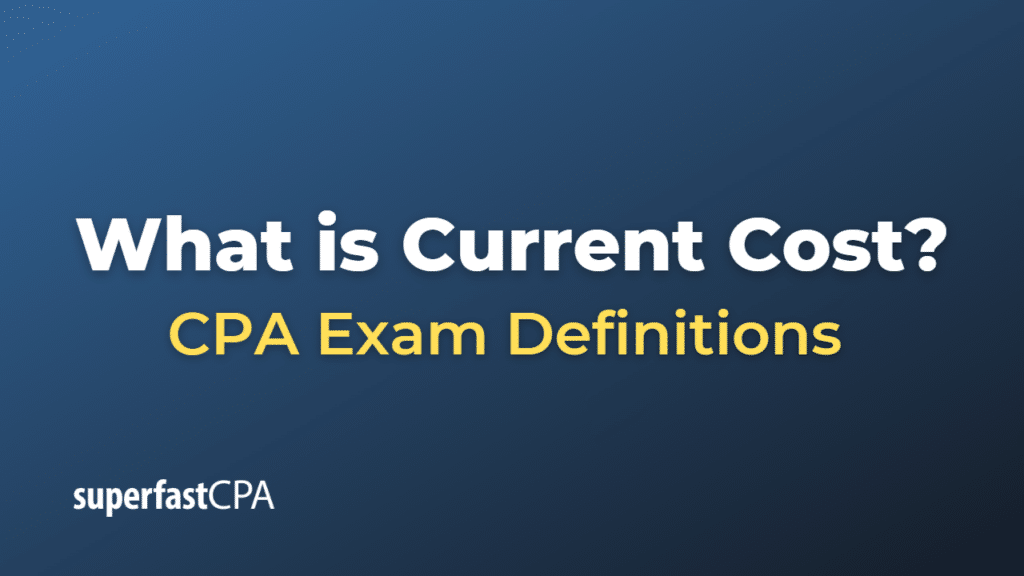Current Cost
Current cost refers to the cost that would be incurred if an asset were to be acquired or replaced at the present time. This approach takes into account the effect of inflation and changes in the market conditions. In other words, it’s the cost that you would have to pay today to buy the same asset or a similar asset with the same production capacity.
Current cost is a key concept in accounting and economics. It is often contrasted with historical cost, which refers to the original cost of an asset when it was acquired. While historical cost is often used in financial accounting due to its reliability and simplicity, current cost can provide a more realistic assessment of a company’s assets and the costs of its operations in terms of today’s dollars and market conditions.
For instance, if a company purchased a machine 10 years ago for $100,000, its historical cost is $100,000. But if the same machine would cost $150,000 to purchase new today, its current cost is $150,000.
One area where the concept of current cost is often applied is in the calculation of the cost of goods sold (COGS) and inventory valuation. Under the “Last-In, First-Out” (LIFO) method, it’s assumed that the latest goods purchased are the first ones to be sold, so the COGS is based on the current cost of production. This can provide a more accurate picture of current profitability levels, especially during periods of inflation.
Example of Current Cost
Let’s consider a hypothetical example involving a bakery:
The bakery bought an oven five years ago for $5,000. This is the oven’s historical cost. Now, similar ovens are selling for $6,500 due to inflation and increased manufacturing costs. So, the current cost of the oven is $6,500.
If the bakery were to calculate the depreciation of the oven using historical cost, it would base its calculations on the initial $5,000 cost. However, if it were to calculate depreciation based on current cost, it would use the $6,500 figure. This difference could significantly impact the bakery’s financial statements.
Similarly, let’s say the bakery needs to purchase flour to make its bread. Last month, the bakery bought a sack of flour for $20. Due to a poor wheat harvest, the price of a sack of flour has risen to $25. The current cost of a sack of flour is now $25.
If the bakery uses the First-In, First-Out (FIFO) method to account for its flour inventory, it will record the cost of goods sold based on the $20 cost per sack, as it assumes that the first sacks of flour bought (at $20 each) are the first to be used. However, if it uses the Last-In, First-Out (LIFO) method, it will record the cost of goods sold based on the $25 cost per sack, as it assumes that the most recently purchased sacks of flour (at $25 each) are the first to be used. This can have a significant impact on the bakery’s reported profits and income taxes.













